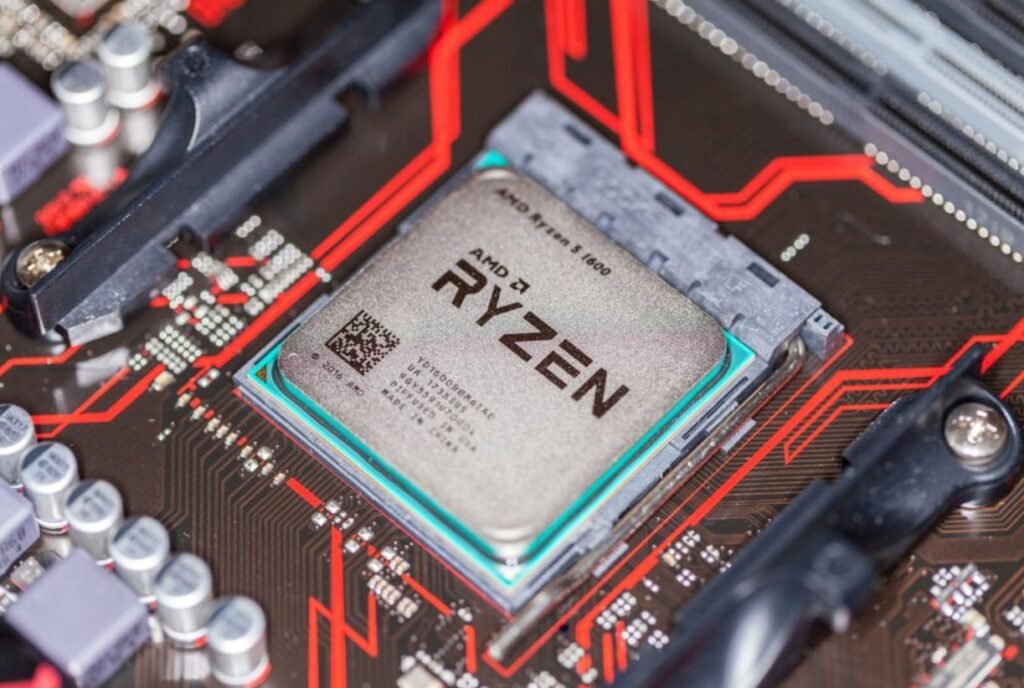Intel has launched a scathing attack on AMD’s Ryzen laptop naming scheme, claiming that it is confusing and deceptive. Intel alleges that AMD is hiding old hardware behind a modern brand, and that customers are not getting what they expect from the Ryzen 7000 series.
The source of Intel’s criticism is a PDF document titled “Core Truths”, which was recently posted on Intel’s website. The document is intended to be a guide for Intel’s sales and marketing teams to highlight the advantages of Intel’s processors over AMD’s.

One of the slides in the document compares AMD’s Ryzen 7000 laptop naming scheme to snake oil salesmen, implying that AMD is selling a product that does not deliver what it promises. The slide shows an example of a Ryzen 7 7745U processor, which Intel claims is based on a two-year-old Zen 3 architecture, while customers might assume that it is using the latest Zen 4 architecture.
Intel argues that AMD’s naming scheme is misleading because it does not reflect the underlying CPU architecture, but rather the year of launch. According to Intel, the first digit of AMD’s Ryzen 7000 laptop processors indicates the year of release (2023), the second digit indicates the performance level, the third digit indicates the CPU architecture, and the fourth digit indicates the performance variant. Intel contrasts this with its own naming scheme, which it says is more transparent and consistent.
AMD’s response and defense
AMD has not officially responded to Intel’s accusations, but some of its representatives have defended the company’s naming scheme on social media. Robert Hallock, AMD’s director of technical marketing, tweeted that AMD’s naming scheme is designed to make it easier for customers to compare processors across different generations and segments. He also pointed out that AMD provides detailed information about the CPU architecture, cores, threads, cache, and frequency on its website and product pages.
AMD’s fans and supporters have also come to the company’s defense, arguing that Intel is being hypocritical and desperate. They point out that Intel has also used confusing and inconsistent naming schemes in the past, such as the 10th generation Core i7-1065G7, which uses a 10 nm Ice Lake architecture, and the 10th generation Core i7-10750H, which uses a 14 nm Comet Lake architecture. They also accuse Intel of trying to distract from its own shortcomings and delays in delivering its next-generation processors.
The impact of the naming scheme controversy
The naming scheme controversy is unlikely to have a significant impact on the sales and performance of AMD’s and Intel’s laptop processors, as most customers rely on other factors such as reviews, benchmarks, features, and price to make their purchasing decisions. However, the controversy does reflect the intense competition and rivalry between the two chipmakers, as they vie for the lucrative laptop market.
AMD has been gaining market share and reputation in the laptop segment, thanks to its Ryzen 4000 and 5000 series processors, which offer superior performance, efficiency, and value compared to Intel’s counterparts. AMD is expected to launch its Ryzen 6000 and 7000 series processors in 2022 and 2023, respectively, which will use a mix of Zen 3, Zen 3+, and Zen 4 architectures, as well as RDNA2 graphics. Intel, on the other hand, is hoping to regain its leadership position with its 12th generation Alder Lake and 13th generation Raptor Lake processors, which will use a hybrid design of performance and efficiency cores, as well as Intel Xe graphics.
